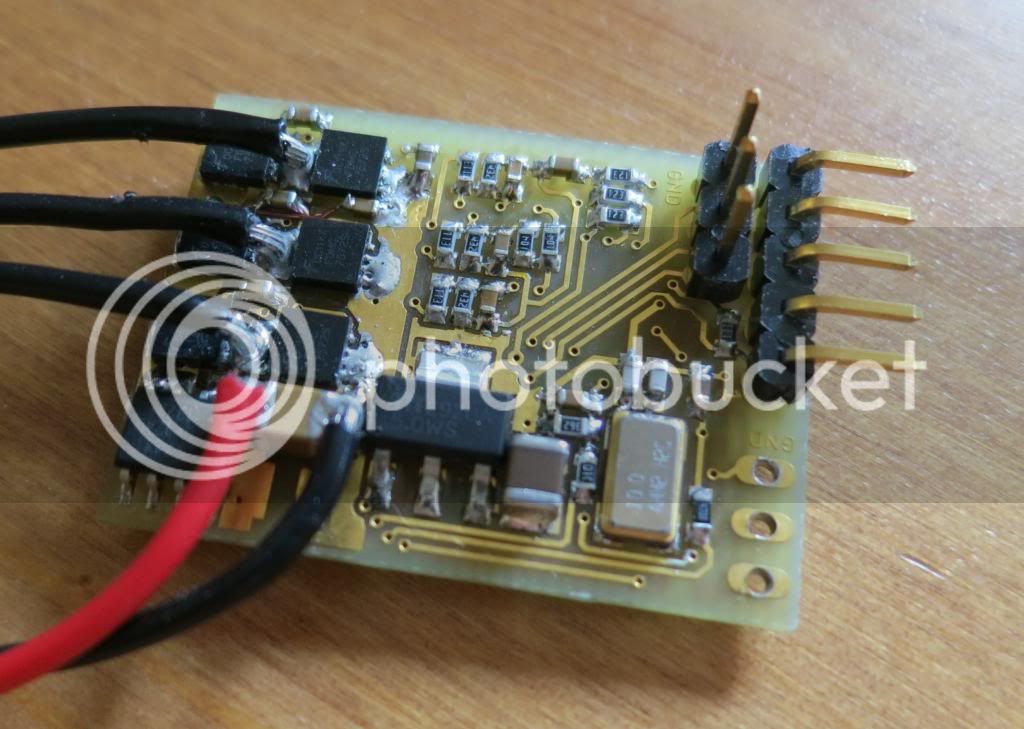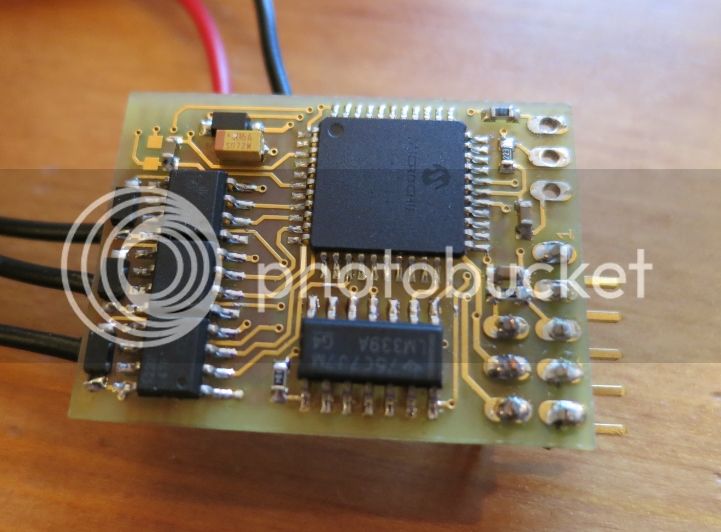That makes sense, the trapezoidal method is the same as the space vector modulation but using only 6 steps and alternating null vectors, so some overlapping with PWM adjustment will help transitioning from one step to the other. Increasing overlapping will eventually converge toward full modulation.patallen said:anyone would dare to comment this:
overlap method, from toshiba sensorless controller
shaded area shows overlap wich claims to make the circuit more efficient and less noise ??
i did try this chip and yes, it significantly reduces commutation noise. i am wondering how to implement this on a sensored controller such as mine. probably just a manipulation of the commutation table.
I don't think manipulating the commutation table will be enough as you will also need the adjust the PWM during the overlap periods...



